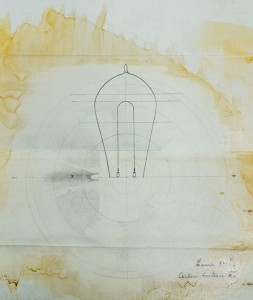America’s Greatest Inventor
 [Philip Lelyveld note; Bill Gates Blogs!]
[Philip Lelyveld note; Bill Gates Blogs!]
Obviously, Edison’s inventions were revolutionary. But as this book makes clear, the way he worked was also crucial for his success. For example, Edison consciously built on ideas from predecessors as well as contemporaries. And just as important, he assembled a team of people—engineers, chemists, mathematicians, and machinists—that he trusted and empowered to carry out his ideas. Names like Batchelor and Kruesi may not be famous today, but without their contributions, Edison might not be either.
Second, Edison was a very practical person. He learned early on that it wasn’t enough to simply come up with great ideas in a vacuum; he had to invent things that people wanted. That meant understanding the market, designing products that met his customers’ needs, convincing his investors to support his ideas, and then promoting them. Edison didn’t invent the light bulb; he invented the light bulb that worked, and the one that sold.
Finally, Edison recognized that inventions rarely come in a single flash of inspiration. You set a goal, measure progress using data, see what’s working—and what isn’t working—adjust your plan, and try again. This process can be very frustrating because it means running into a lot of dead ends. But each dead end tells you something useful. As Edison famously said, “I have not failed 10,000 times. I’ve successfully found 10,000 ways that will not work.”
See the full story here: http://www.thegatesnotes.com/Personal/Americas-Greatest-Inventor?curator=MediaREDEF
Pages
- About Philip Lelyveld
- Mark and Addie Lelyveld Biographies
- Presentations and articles
- Tufts Alumni Bio